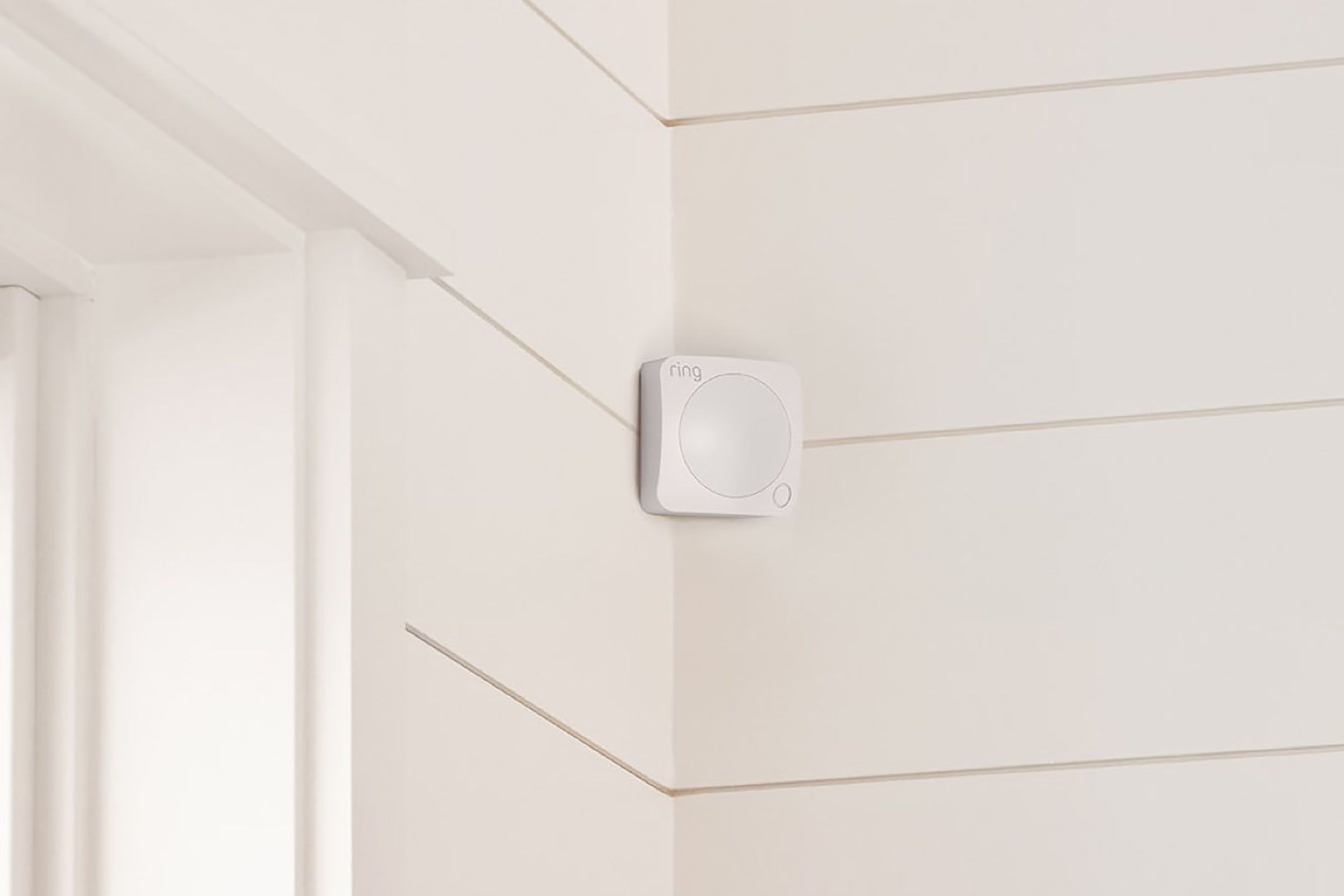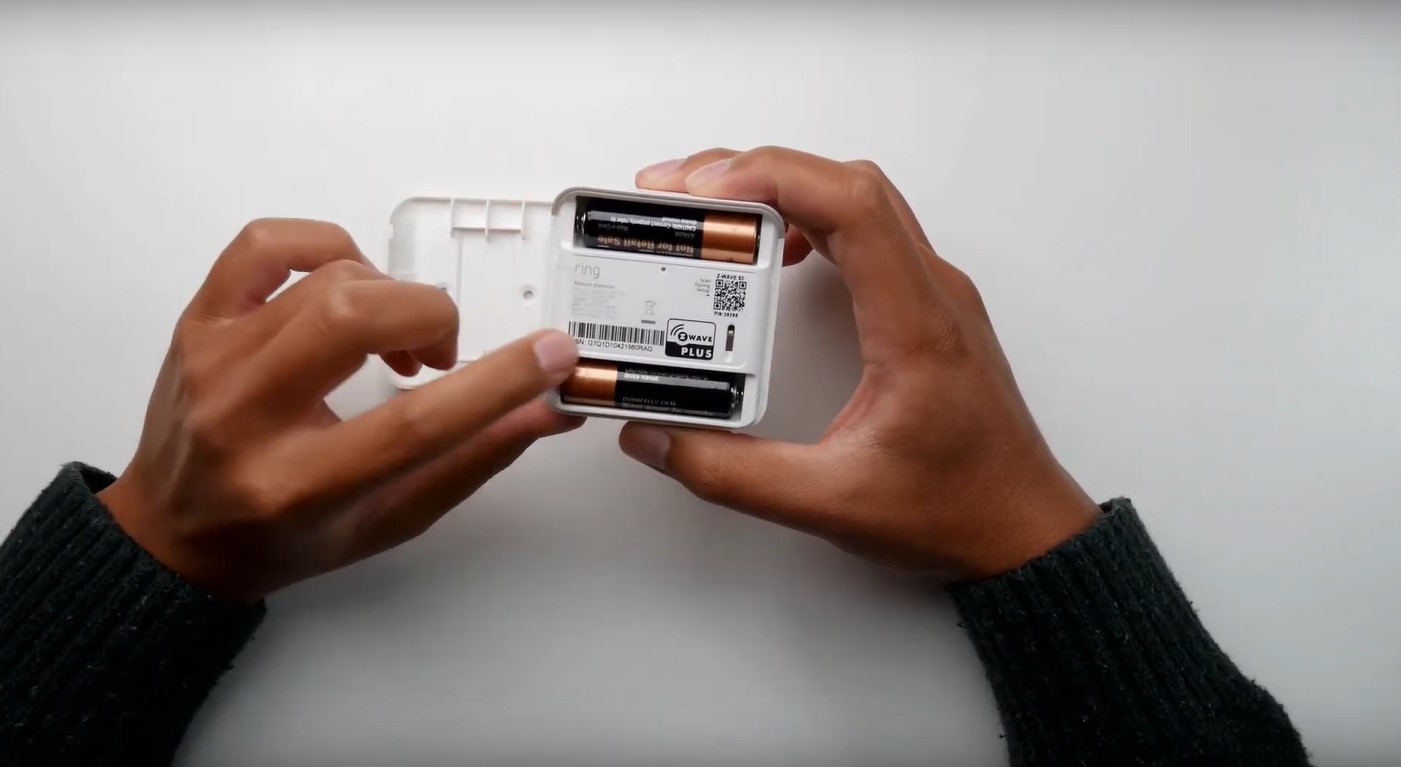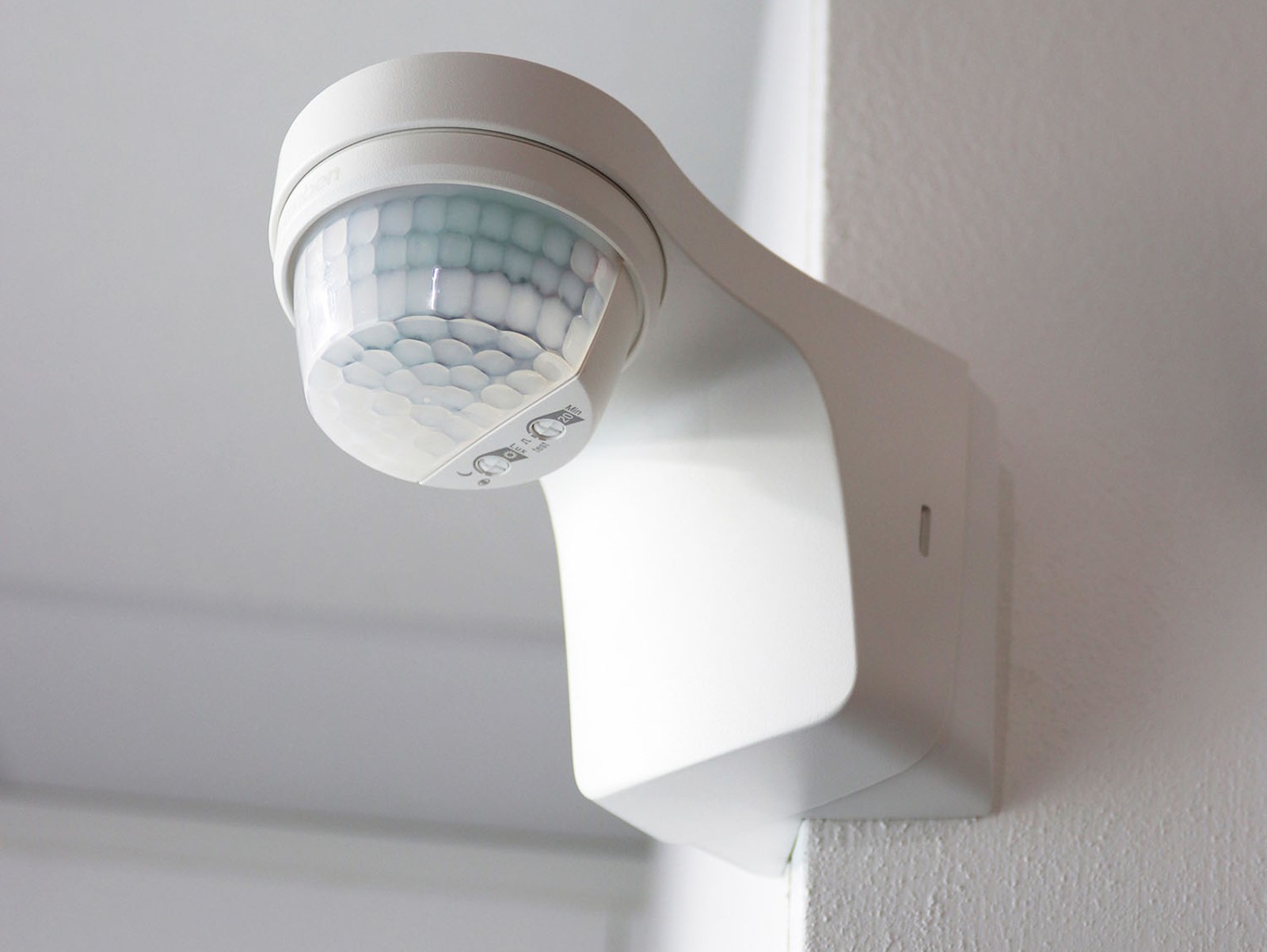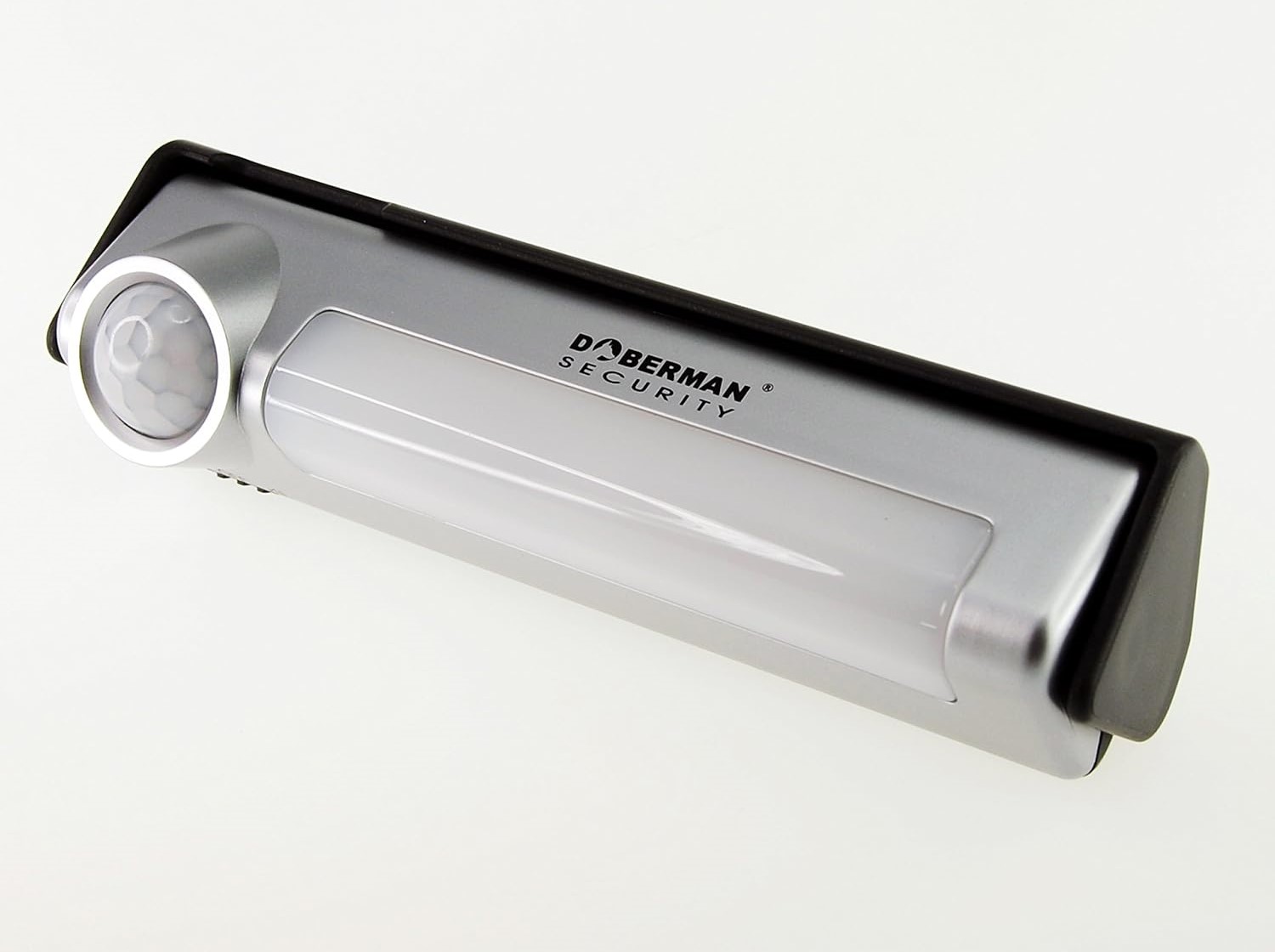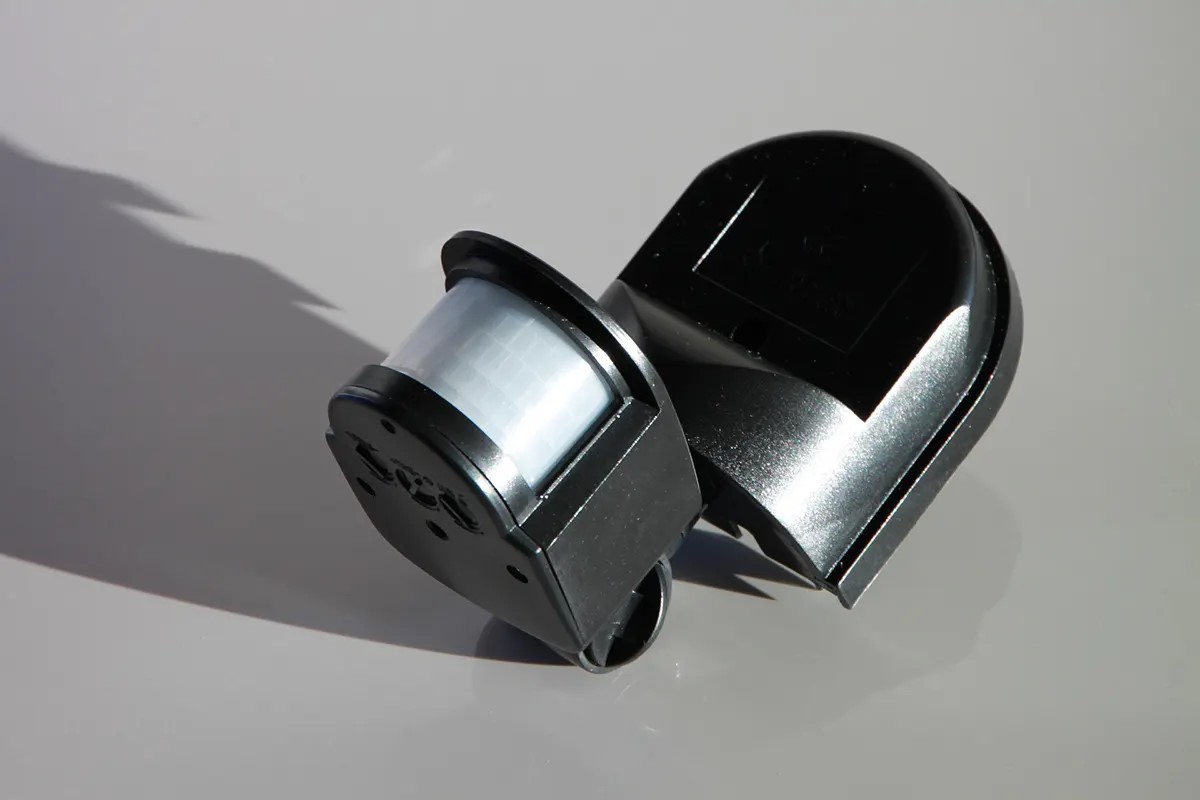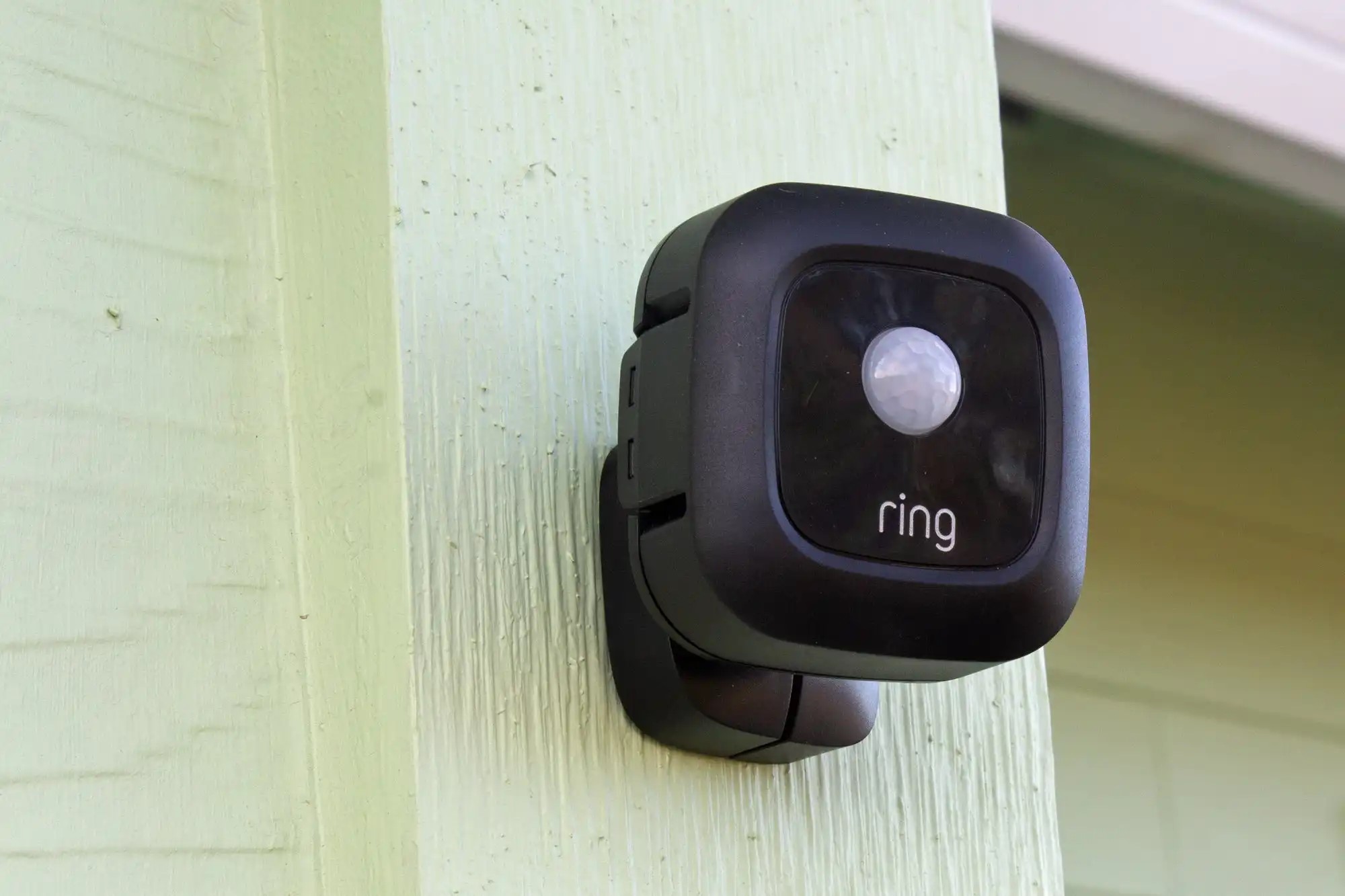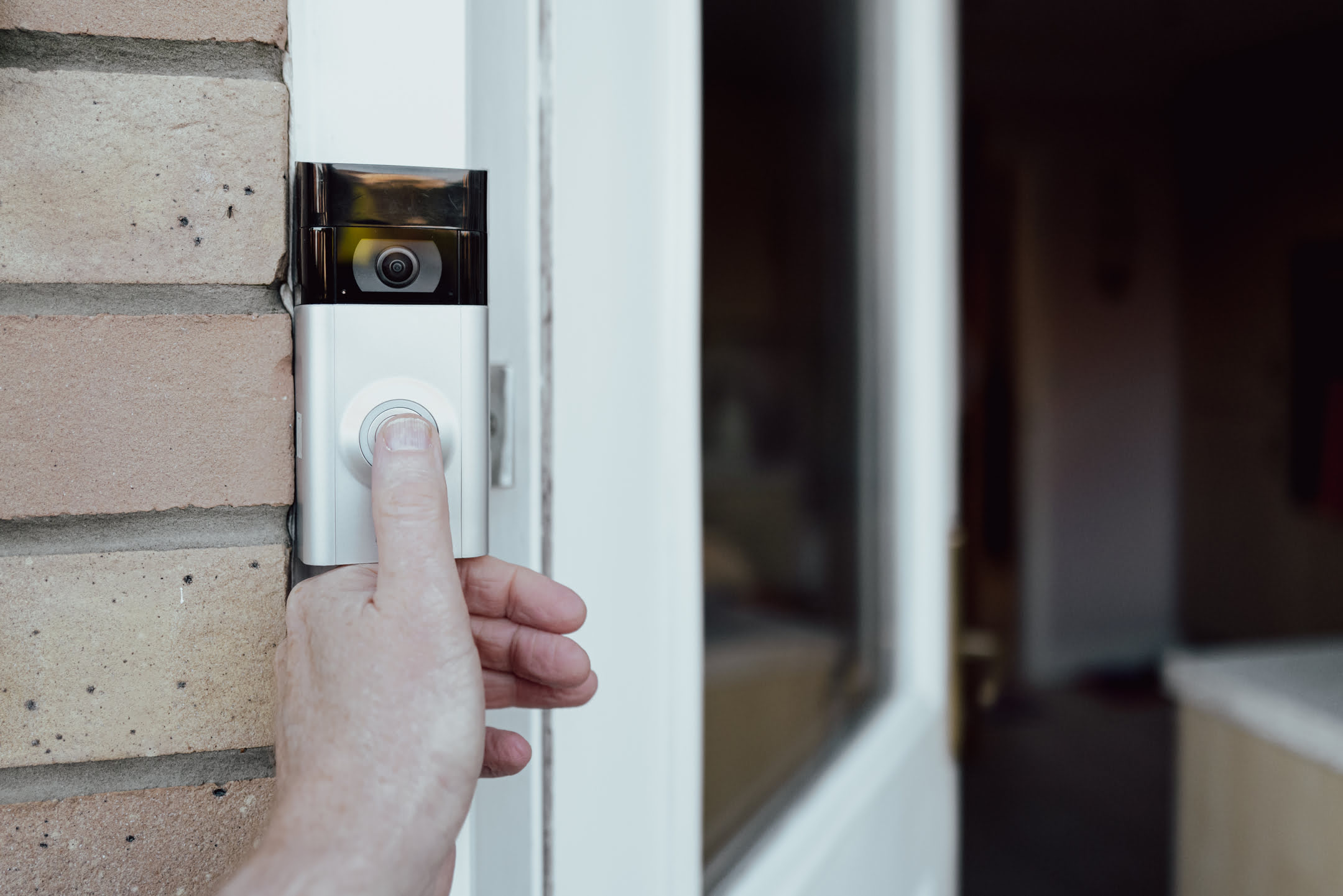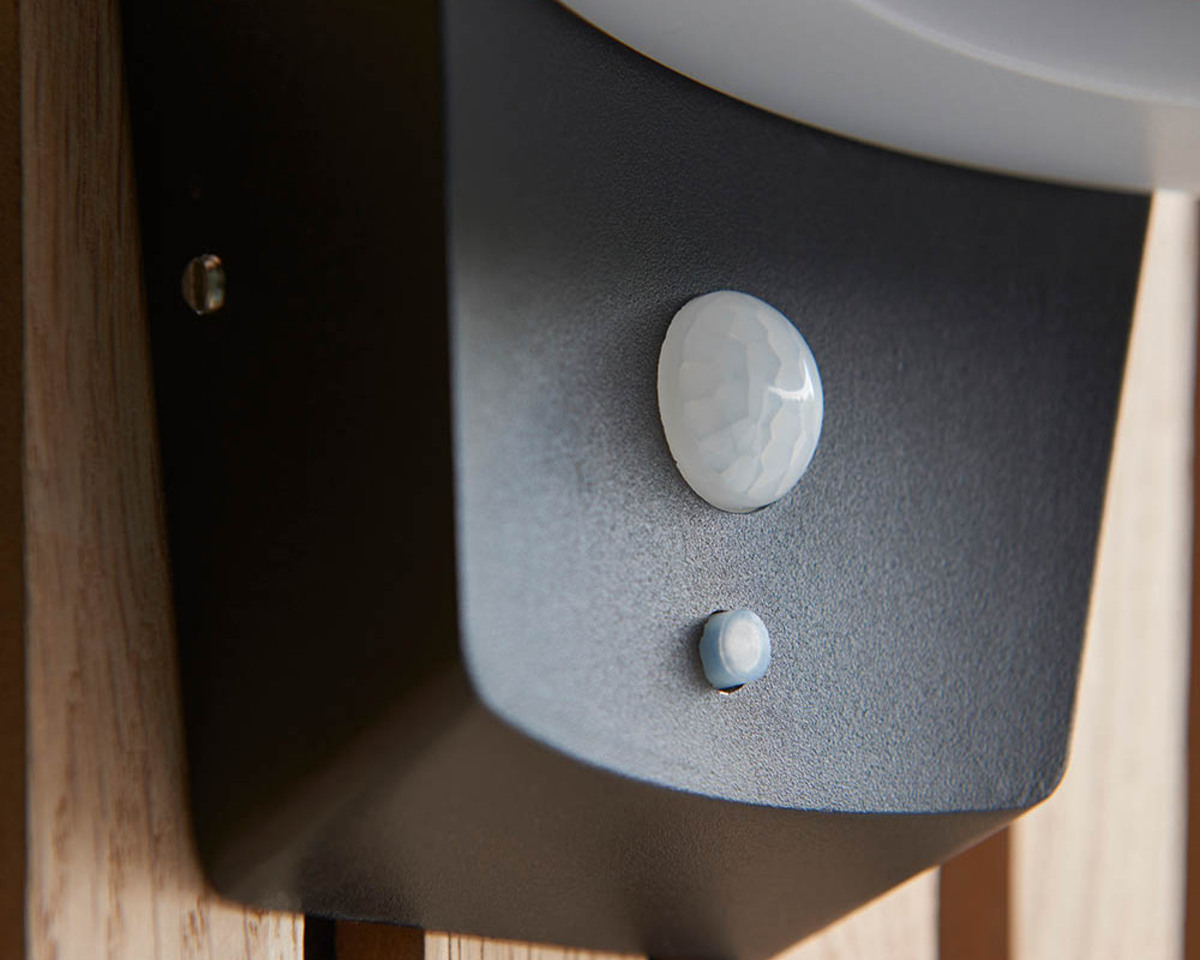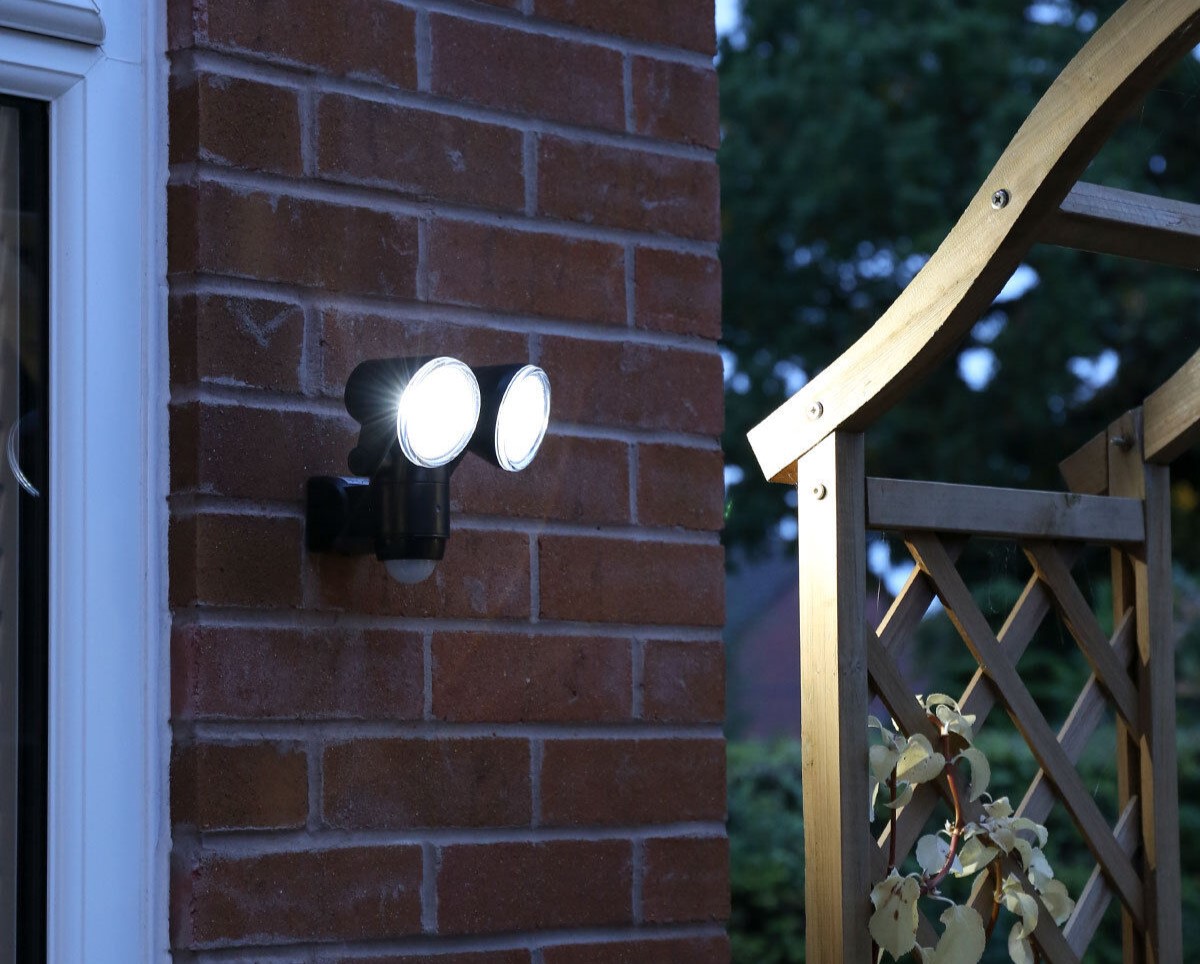Home>Home Security and Surveillance>How Does The Ring Motion Detector Operate When Disarmed


Home Security and Surveillance
How Does The Ring Motion Detector Operate When Disarmed
Modified: March 6, 2024
Discover how the Ring motion detector functions when disarmed. Enhance your home security and surveillance with this innovative device.
(Many of the links in this article redirect to a specific reviewed product. Your purchase of these products through affiliate links helps to generate commission for Storables.com, at no extra cost. Learn more)
Introduction
The Ring motion detector is a vital component of a home security system that helps protect your property from potential intruders. It utilizes advanced technology to detect any movement within its range and can trigger alarms or notifications to alert you of suspicious activity. While its primary purpose is to enhance your security when the system is armed, it’s also crucial to understand how the Ring motion detector operates when disarmed. This knowledge enables you to effectively manage your home security and make informed decisions regarding its functionality.
Understanding the operation of the Ring motion detector when disarmed is essential because there are situations in which you may need to deactivate your security system temporarily. For example, you may have guests or family members who need to move around the house without triggering any alarms. By comprehending the behavior of the motion detector when disarmed, you can ensure that it operates according to your specific requirements, providing a seamless and convenient experience without compromising your safety.
Now, let’s delve into the components and basic functioning of the Ring motion detector to gain a better understanding of how it operates when disarmed.
Key Takeaways:
- Even when disarmed, the Ring motion detector still functions but won’t trigger alarms. This provides convenience for moving around the house without setting off security notifications.
- Disarming the motion detector offers convenience but introduces potential security vulnerabilities. It’s important to balance convenience with additional security measures.
Read more: How Do Motion Detector Lights Operate
Components of the Ring motion detector
The Ring motion detector consists of several key components that work together to detect and notify you of any motion within its vicinity. Understanding these components is crucial to grasp the operation of the device when it is disarmed.
Sensor: The sensor is the heart of the motion detector. It uses advanced technology to detect any movement within its range. When triggered, it sends a signal to the control panel or base station of your security system, which then triggers the appropriate response, such as activating an alarm or sending a notification to your smartphone.
Infrared technology: The Ring motion detector utilizes infrared technology to detect motion. It emits infrared signals and measures the reflection of these signals to determine if there is any movement in its field of view. The sensor is designed to detect changes in infrared energy levels, such as the heat emitted by a person or an object as it moves within the detection range.
Power source: The Ring motion detector is powered by either batteries or a direct power source. If you choose to use batteries, ensure they are regularly replaced or recharged to maintain the functionality of the device. Having a reliable power source is essential so that the motion detector can operate consistently, even when your security system is disarmed.
Understanding the components of the Ring motion detector provides a solid foundation for comprehending its operation when disarmed. With this knowledge, let’s now explore the basic functioning of the motion detector and how it detects and responds to motion.
Basic functioning of the Ring motion detector
The Ring motion detector operates based on certain parameters and settings that determine its ability to detect and respond to motion. By understanding these aspects, you can effectively manage the motion detector when it is disarmed.
Detection range: The detection range refers to the maximum distance within which the motion detector can detect motion. It is crucial to set the detection range appropriately to ensure effective coverage of the desired areas. This allows the motion detector to detect any movement within the specified range, providing you with a comprehensive view of the protected area.
Field of view: The field of view of the Ring motion detector refers to the area that is covered by its sensor. This determines the range of angles and perspectives from which the motion detector can detect motion. It is essential to ensure that the field of view aligns with the areas you want to monitor. Adjusting the position and angle of the motion detector can help optimize its coverage and ensure that all critical areas are within the field of view.
Motion detection sensitivity: The motion detection sensitivity dictates the level of movement that can trigger the motion detector. You can adjust the sensitivity settings to be more or less sensitive, depending on your specific needs. Setting it to high sensitivity may result in more false alarms, especially due to environmental factors like pets or moving objects such as leaves. On the other hand, low sensitivity levels may cause the motion detector to miss certain movements. Finding the right balance is crucial to ensure accurate and reliable detection.
By considering the detection range, field of view, and motion detection sensitivity, you can optimize the functionality of the Ring motion detector when it is disarmed. In the next section, we will explore the activation and deactivation process of the motion detector and the different modes of operation.
Activation and Deactivation Process
The Ring motion detector can be easily activated or deactivated based on your security needs. Understanding the process of arming and disarming the motion detector is essential for efficient management of your home security system.
Arming and disarming the motion detector: To arm the Ring motion detector, you typically use your home security system’s control panel or mobile app to enable the motion detection feature. This ensures that the device is actively monitoring for any movement and will trigger an alarm or notification if detected. On the other hand, disarming the motion detector involves disabling the motion detection feature temporarily. This allows you to move freely within the monitored area without triggering any alarms or notifications.
Modes of operation (armed versus disarmed): The Ring motion detector can operate in different modes depending on whether it is armed or disarmed.
When the motion detector is armed, it actively monitors for any movement within its range. If motion is detected, it will trigger an alarm or notification as per the settings of your security system. This mode is ideal for when you want comprehensive protection and real-time alerts when your security system is active.
When the motion detector is disarmed, it still functions but does not trigger any alarms or notifications. This allows you to move freely without the risk of setting off the security system. Disarming the motion detector is useful in situations where you want to temporarily disable the detection feature, such as when you have guests or family members moving around the house.
Understanding the activation and deactivation process, as well as the different modes of operation, enables you to manage the Ring motion detector effectively based on your specific requirements. In the next section, we will explore the behavior of the motion detector when it is disarmed.
Even when disarmed, the Ring motion detector still operates by passively monitoring for any movement within its range. This allows it to instantly activate and record any motion if the system is armed or if the user has set up motion alerts.
Behavior of the Ring Motion Detector when Disarmed
Even when the Ring motion detector is disarmed, it still operates to provide some level of functionality. Understanding the behavior of the motion detector in this state is essential to ensure optimal security management.
Explanation of how it still functions: When the motion detector is disarmed, it continues to monitor for motion within its range. It detects movement using its sensors and infrared technology, just like when it is armed. However, in the disarmed state, it does not trigger any alarms or notifications to avoid unnecessary disruptions. This allows you to move freely around the monitored area without the fear of setting off any alerts.
Disabling notifications or alarms: While the motion detector functions when disarmed, you have the option to disable the notifications or alarms associated with it. This means that even though the device senses motion, you will not receive any alerts or alarms when it is disarmed. Disabling notifications or alarms can be useful in situations where you want to use the motion detector for monitoring purposes only, without triggering any audible or visual alerts.
Operational limitations: It’s important to note that the Ring motion detector may have some operational limitations when it is disarmed. For example, certain advanced features, such as custom activity zones or specific detection settings, may be temporarily disabled. Additionally, some motion detectors may have limitations on the distance or field of view during the disarmed state. It’s essential to refer to the product documentation or consult the manufacturer to understand any limitations that may be specific to your motion detector model.
By understanding the behavior of the Ring motion detector when disarmed and being aware of the option to disable notifications or alarms, you can effectively manage your home security system according to your needs. In the next section, we will explore the benefits and drawbacks of the motion detector when it is disarmed.
Benefits and Drawbacks of the Motion Detector when Disarmed
When the Ring motion detector is disarmed, it offers both benefits and potential drawbacks. Understanding these aspects can help you make informed decisions about managing your home security system.
Enhanced Convenience: One of the key benefits of the motion detector when disarmed is enhanced convenience. By temporarily disabling motion detection alerts or alarms, you can freely move around your home without triggering any unnecessary security notifications. This is particularly useful when you have guests or family members who need to access different areas of the house without setting off the alarm system.
Potential Vulnerabilities: However, it is important to be aware that disarming the motion detector introduces potential vulnerabilities to your home security. While the device still functions and detects motion, it does not trigger any alarms or notifications. This means that if a potential intruder enters your home while the system is disarmed, there will be no immediate alert, and you may only become aware of the intrusion later. It is essential to weigh the convenience of having a disarmed motion detector against the potential risks and make informed decisions accordingly.
To mitigate the potential vulnerabilities, you can consider implementing other security measures, such as door/window sensors or security cameras, to enhance your overall home security even when the motion detector is disarmed. Additionally, configuring your security system to notify you of any movement in specific areas, regardless of the armed or disarmed status, can provide an added layer of protection.
By understanding the benefits of enhanced convenience and the potential vulnerabilities associated with the motion detector when disarmed, you can find the right balance between convenience and security for your specific needs. In the concluding section, we will summarize the key points discussed and emphasize the importance of understanding the operation of the Ring motion detector when disarmed.
Conclusion
In conclusion, understanding the operation of the Ring motion detector when it is disarmed is crucial for effective security management. Here, we have discussed the key points to consider:
- The Ring motion detector is a vital component of a home security system, designed to detect movement and trigger alarms or notifications.
- When the motion detector is disarmed, it still functions but does not activate any alarms or notifications.
- Components such as the sensor, infrared technology, and power source are essential for the motion detector to operate efficiently.
- The detection range, field of view, and motion detection sensitivity are parameters that determine the motion detector’s ability to detect and respond to motion when disarmed.
- The activation and deactivation process involves arming and disarming the motion detector through the control panel or mobile app of your home security system.
- The motion detector’s behavior when disarmed includes continuing to function but disabling notifications or alarms to provide convenience.
- There are both benefits and potential vulnerabilities associated with a disarmed motion detector, including enhanced convenience and potential security risks.
It is imperative to understand the operation of the Ring motion detector when it is disarmed to ensure optimal security management. By comprehending its behavior, knowing how to enable or disable alarms, and being aware of any operational limitations, you can make informed decisions about your home security system and effectively protect your property.
Remember, it’s essential to strike a balance between convenience and security. While disarming the motion detector provides convenience, it is important to consider potential vulnerabilities and implement additional security measures to mitigate risks.
By having a deep understanding of the Ring motion detector’s operation when disarmed, you can confidently manage your home security and enjoy peace of mind knowing that your property is protected.
Frequently Asked Questions about How Does The Ring Motion Detector Operate When Disarmed
Was this page helpful?
At Storables.com, we guarantee accurate and reliable information. Our content, validated by Expert Board Contributors, is crafted following stringent Editorial Policies. We're committed to providing you with well-researched, expert-backed insights for all your informational needs.
